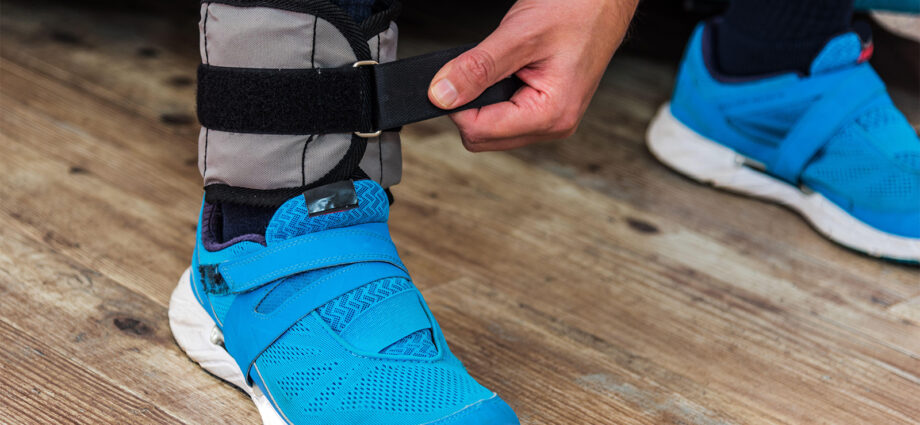Pain Management
>
Pain Management
— None of the studied interventions were superior to home exercise alone
by Tara Haelle, Contributing Writer, MedPage Today
October 29, 2025 • 3 min read
- A randomized trial showed that adding in-clinic physical therapy to home exercise did not lead to greater reductions in knee pain for patients with degenerative meniscal tear.
- Added text message reminders encouraging exercise adherence also did not significantly improve pain or function compared with home exercise alone.
- Because all interventions included home exercise, the researchers could not determine whether the improvements observed were due to the exercises themselves or other factors.
Combining in-clinic physical therapy with home exercise did not lead to greater reductions in knee pain for patients with degenerative meniscal tear, a randomized trial showed.
Among 879 patients, the difference in the 3-month change in pain subscores on the Knee Injury and Osteoarthritis Outcome Score (KOOS) between those assigned to home exercise alone versus home exercise with text message reminders and standard physical therapy was 2.5 points (98.3% CI -1.3 to 6.2), reported Jeffrey N. Katz, MD, of Brigham and Women’s Hospital and Harvard Medical School in Boston, and colleagues.
The difference in pain subscores for home exercise plus text message reminders versus home exercise plus text messages and standard physical therapy was also 2.5 points (98.3% CI -1.4 to 6.5) at 3 months, they noted in the New England Journal of Medicine.
“Because all interventions included home exercise, we cannot determine whether the improvements observed in all trial groups at 3 months were due to the exercises themselves, contextual factors such as attention and engagement attendant to participating in a trial, or regression to the mean,” Katz and team wrote.
Previous research has shown that contextual effects play a substantial role in the total effect of physical therapy for knee osteoarthritis.
An estimated 30% to 40% of middle-age people, and about 80% of those with osteoarthritis, have a meniscal tear, and many experience knee pain. First-line treatment is currently physical therapy or supervised exercise based on evidence from previous trials, but it is unclear whether the reduced pain and improved function demonstrated in those trials were due to the exercise itself, from working with physical therapists, or both.
For this study, Katz and colleagues included 879 adults with MRI-confirmed meniscal tear from four U.S. institutions and randomly assigned them to one of four groups: home exercise alone, home exercise with text message reminders for adherence, home exercise with text message reminders plus in-clinic standard physical therapy, or home exercise with text message reminders plus in-clinic sham physical therapy. The groups were stratified based on a Kellgren-Lawrence grade of 0-2 (no joint space narrowing seen on imaging) or 3 (at least 50% joint space narrowing).
Mean age was 59.2, and the majority were women and white; 66.6% had a Kellgren-Lawrence grade of 0 to 2, and the mean KOOS pain subscore was 46.1.
The home exercise program involved quadriceps, hamstring, and gastrocnemius muscle stretches, as well as strengthening exercises for the gluteus maximus and medius, hamstring, and quadriceps muscles. Participants received ankle weights in 1-lb increments up to 10 lb and an instructional pamphlet and video.
In the three groups receiving text messages, three messages were sent each week that explained the exercise and encouraged adherence, and pamphlets were mailed to them every 2 weeks to encourage adherence. The sham physical therapy group received treatment that had no physiological benefits, such as assessment of symptoms, ultrasound with no intensity, and sham manual therapy that did not move the joints.
The standard physical therapy sessions involved warm-up on a stationary bike, manual therapy, and strengthening and functional exercises for the gluteus, hamstring, and quadriceps muscles. All participants were told to do 100 minutes of exercise a week.
Questionnaires were completed at baseline and 3, 6, and 12 months.
After adjusting for trial site, baseline Kellgren-Lawrence grade, baseline pain score, and enrollment date, no meaningful differences were observed between the home exercise-alone group and those with text messages, with or without standard or sham physical therapy.
Secondary outcomes, including treatment failure rates, also did not significantly differ across the groups.
Though 16.8% of participants had dropped out of the study by 12 months, the dropout rate was similar across groups, as was adherence, based on home logs.
Adverse events were rare and evenly distributed across the groups.

